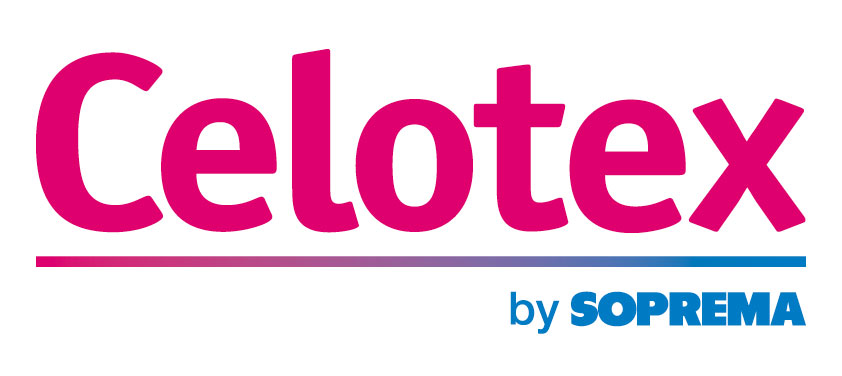Mineral Wool Insulation
U-value Calculator
Start your U-value calculation‘Mineral wool insulation’ is the term used to describe a family of inorganic insulation materials which include glass mineral wool insulation and stone mineral wool insulation. Inorganic refers to how the insulation material is derived from naturally occurring minerals; these minerals are not renewable but are considered to be in plentiful supply.
What is mineral wool insulation?
Broadly, mineral wool insulation materials are fibrous. They are formed by spinning fibres of the respective molten mineral material and binding them together to make rolls or slabs. Other types of mineral wool material, which take the form of loose fibres, can be installed by blowing them into their intended application – such as a masonry cavity wall or a loft.
The manufacture of mineral wool insulation and the testing and declaration of its performance properties, is detailed in the harmonised European standard EN 13162. The standard is part of a suite of standards that cover the production of thermal insulation materials for buildings.
What are the other characteristics of mineral wool insulation?
The open matrix present within a mineral wool roll or slab is what gives it thermal performance, thanks to pockets of trapped air. That same trapped air also allows it to act as acoustic insulation.
Mineral wool insulation products also achieve the highest possible ratings when tested in accordance with British or European standards for fire performance. Most types of glass mineral wool and stone mineral wool can be classified as ‘non-combustible’ or ‘of limited combustibility’ allowing them to be used as part of tested build-ups to resist fire spread.
The fibres within mineral wool rolls & slabs tend to squeeze together slightly when installed tightly butted to one another, avoiding air gaps that can allow the passage of warm air through the insulation layer. This is aided by minimal thermal expansion and contraction, meaning products keep their shape despite temperature changes, and being able to compress mineral wool slabs and rolls means products can be installed with relative ease and to achieve a snug friction-fit.
Mineral wool products can be used throughout the building envelope, from loft insulation and loft conversions to party wall solutions and partition wall insulation. The production process allows for a substantial range of products to be produced, from lightweight loft insulation all the way to dense slabs that can help deaden impact sound.
